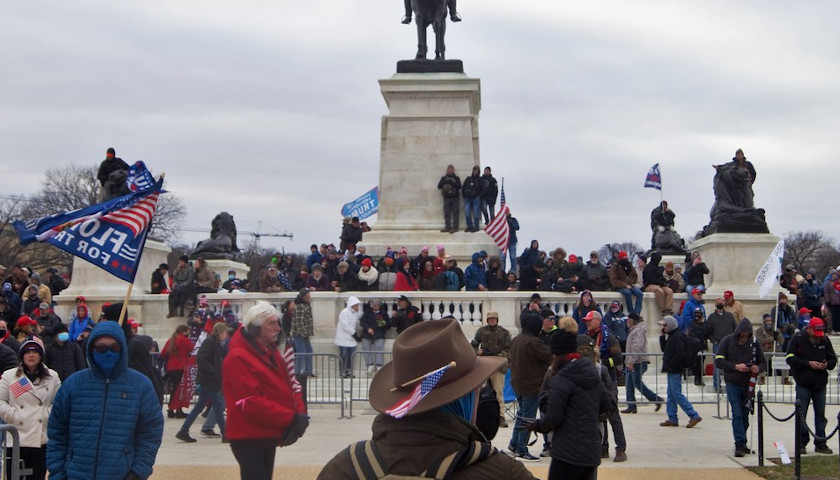The purges began shortly after the revolution. For all its haste and ill-preparedness, the success of the Bolshevik Revolution in 1917, led by the perpetually temperamental Vladimir Lenin and fueled by a fierce devotion to Marxism, quickly gave rise to the vast and unimaginably harsh Soviet labor camp system that would come to be known as the “gulag.” As the leader of the newly established Russian Soviet Republic, Lenin wasted no time in ordering the establishment of decrees calling for the severe punishment of anyone deemed a “class enemy” to the new Soviet Republic.
From the perspective of Lenin and the Bolsheviks, class enemies were those who had opposed the Marxist Bolshevik Revolution and often consisted of individuals the Bolsheviks contemptuously regarded as privileged in their social class. These so-called class enemies, a term which eventually became synonymous with the “bourgeoisie,” ostensibly posed a threat to the proletariat-ruled, Marxist utopia Lenin was promising to the masses.
Read More
